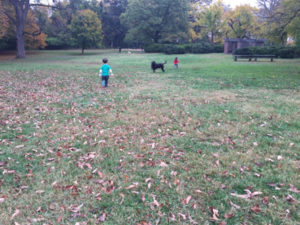Posts Tagged ‘Abraham Lincoln’
Thanksgiving and Healing
The American holiday Thanksgiving is my favorite, a time when family and friends gather and take a moment to give gratitude for the good in their lives and the lives of their communities. This year of 2016 has been a rough one.
In Washington, DC, where I live, the political discourse on all sides has been as uninspiring and acrimonious as any in my lifetime. No matter one’s political affiliation, consensus is that the recent presidential campaign has left us exhausted with the national conversation in need of elevation and inspiration.
Many opposing the election results have taken to the streets peacefully to articulate their concerns and their fears. The crowds include the young—high school students who are not yet old enough to vote—and the retired as well as the population in between. Whatever one’s vote, I take heart that for the most part these protests are not violent and can be heard. I take heart that the leadership in the nation has accepted the transition and will try to make it successful and that in practice we do not jail or shoot opposing voices or those writing about the opposition. This seems a minimum standard for a democracy, and though it has seen exceptions, in this season of thanks, I am grateful and hopeful that will abide.
Historically Thanksgiving was a day to give thanks for the harvest of the preceding year. In the U.S. the first Thanksgiving is documented in 1621 at Plymouth (now in Massachusetts). The harvest was good, and the new settlers and the local Wampanoag tribe shared the feast, though more uneasily watching each other than we were told as school children. During the American Civil War Abraham Lincoln advocated the story of Pilgrims and Indians eating together to try to encourage people in a divided nation to come together.
Healing occurs one action at a time, one forgiveness, one helping hand, one quiet good deed. Citizens can take the lead. I am hopeful that we individually—the people—will build bridges and not walls. Happy Thanksgiving!
